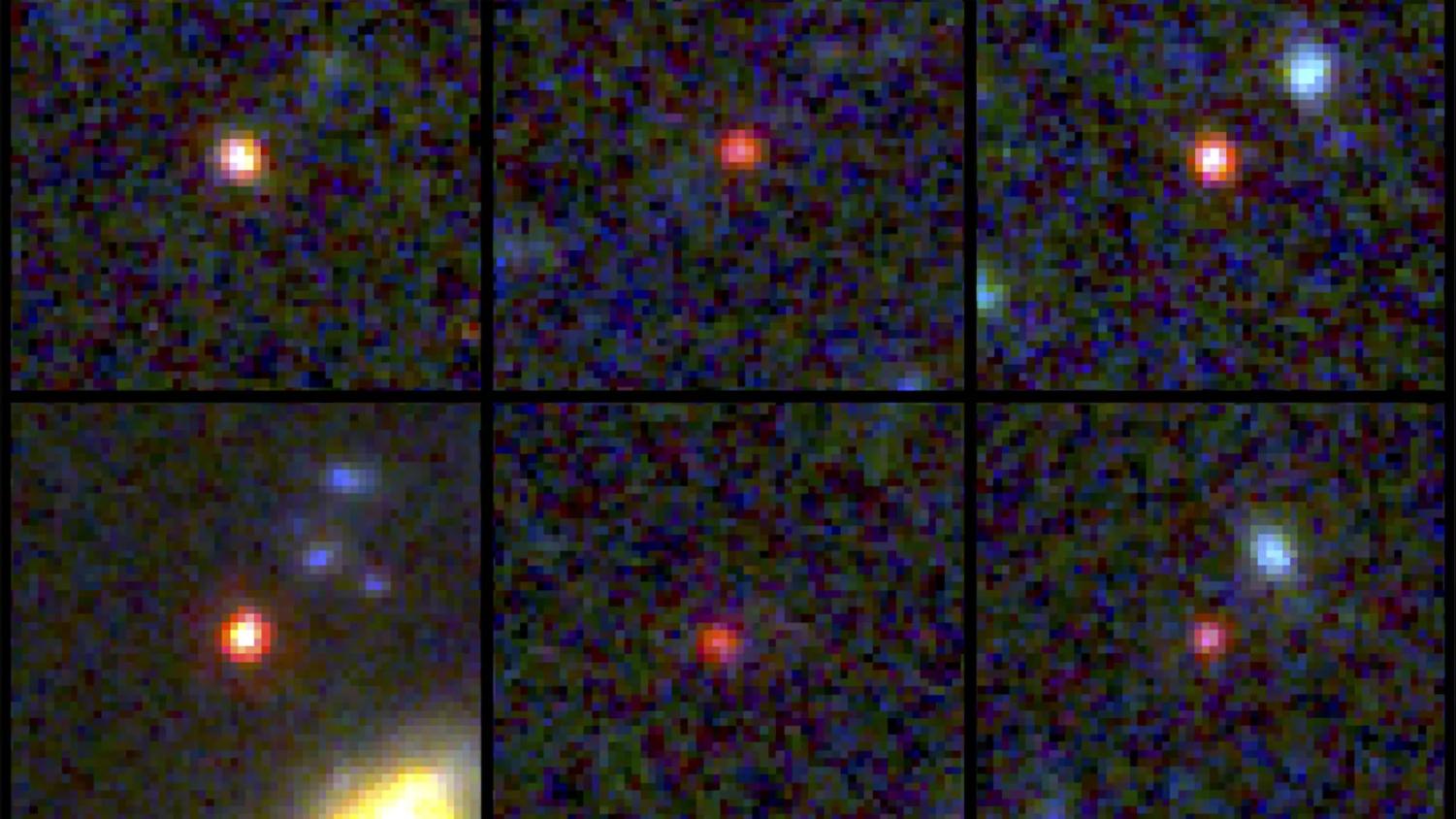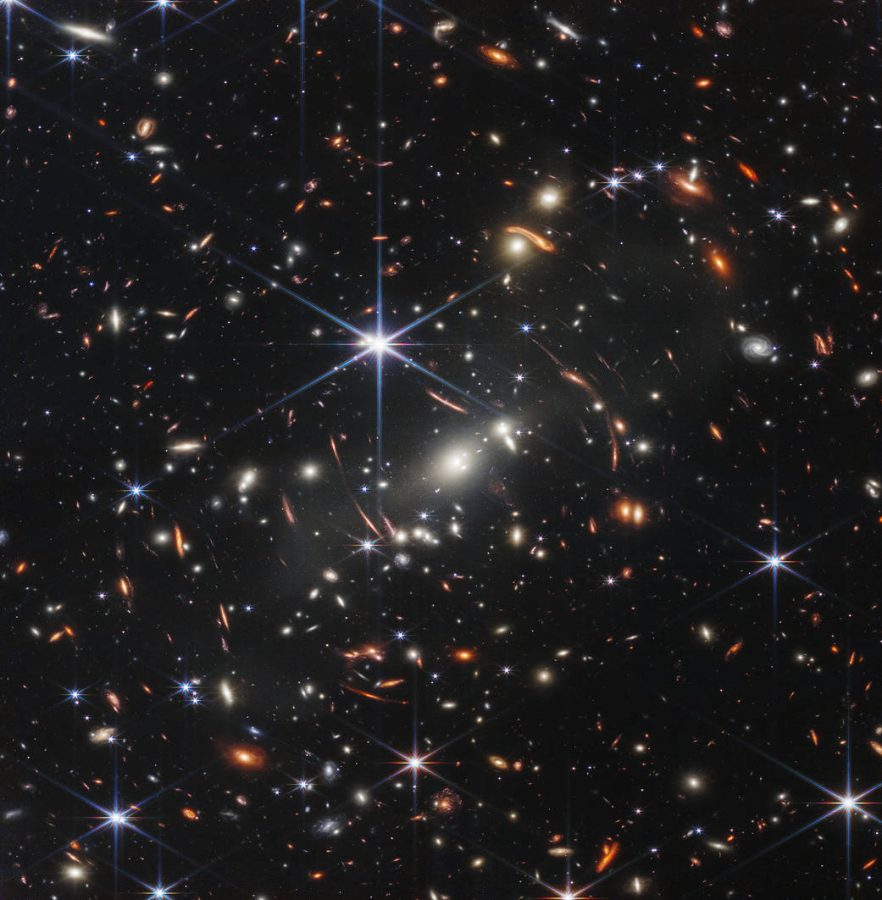NASA discovers “universe breaking” galaxies
How six red dots are reshaping modern cosmology
Webb’s First Deep Field or galaxy cluster SMACS 0723
March 22, 2023
Last month, NASA’s James Webb Space Telescope detected six massive galaxies whose existences have shattered contemporary cosmological thought.
Launched December 2021, Webb is the largest and most powerful space observatory in orbit. According to NASA, its longer wavelength coverage and increased sensitivity allows it to further the work of its predecessor, the 1990 Hubble Space Telescope. Webb has captured the most detailed infrared images of the universe thus far and revealed hidden cosmic entities, including the six galaxies referred to by astrophysicist Joel Leja as “universe breakers.”

Based on our current understanding of space, these galaxies should simply not exist. Their masses are nearly that of the Milky Way, conflicting with most models of early galaxies. Yet their distinct red glow indicates that they formed extremely early, estimated only 500 to 700 million years after the Big Bang—meaning that they matured at a size and rate we did not before believe possible.
The only galaxies we knew of from this early in time were relatively miniscule, containing about 100 million stars compared to the new ones’ 100 billion. The idea that massive galaxy formation did not occur this early in the universe had previously been considered settled science.
Additional research is needed to confirm that these findings truly are what they seem. This would involve spectrum imaging, which would confirm the distance and size of these galaxies. If that were to happen, space scientists speculate that they would have to drastically reconstruct current theory on galaxy formation and evolution to be able to explain these galaxies.
Until then, no definitive conclusions can be drawn. As these galaxies are investigated, they could potentially be determined to be falsely identified supermassive black holes. But even if that were true, they would still serve as evidence that the universe’s stellar mass is up to 100 times more than we had initially thought.
Regardless of what is to come for these galaxies, the James Webb Telescope will likely continue to unveil the unknowns of our universe and ultimately polish our conception of space.





